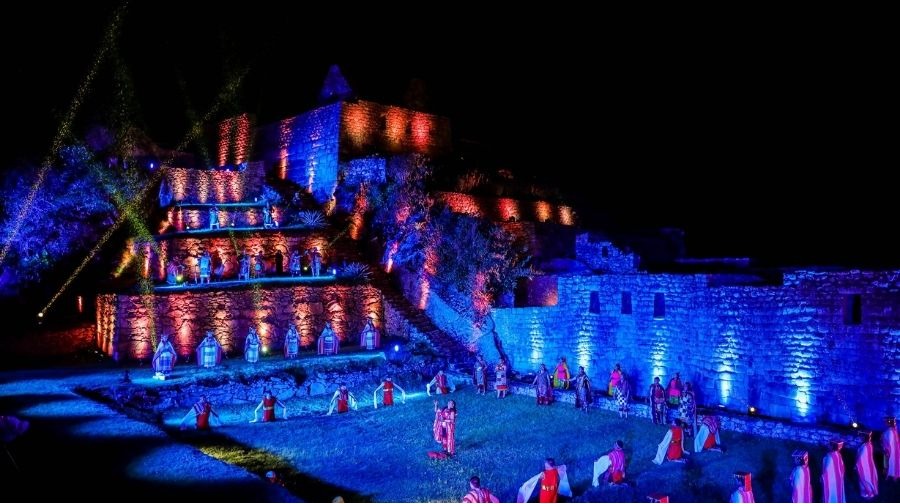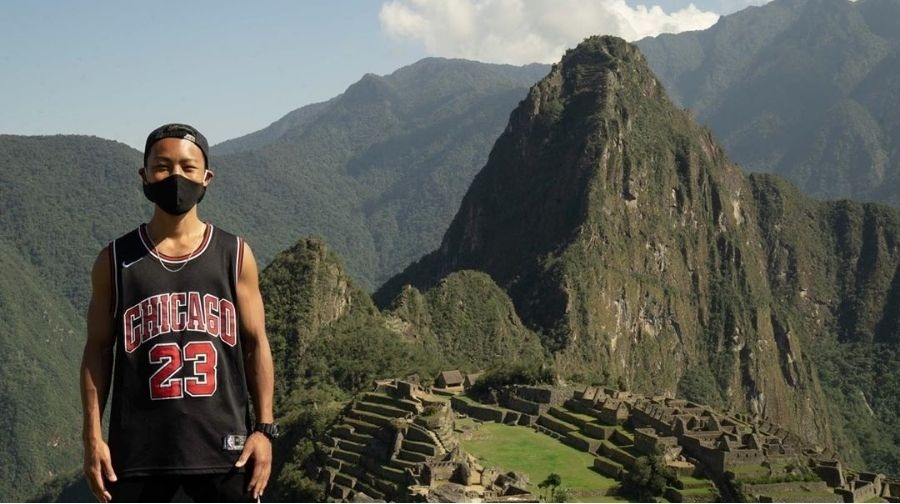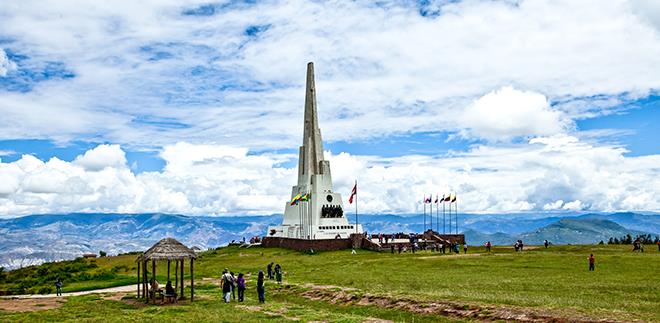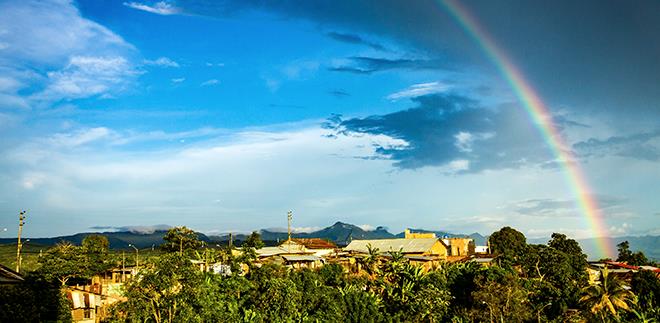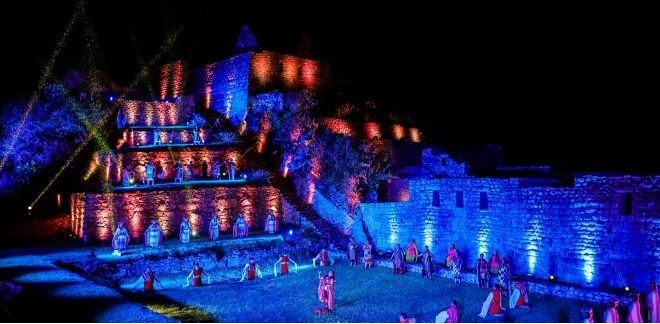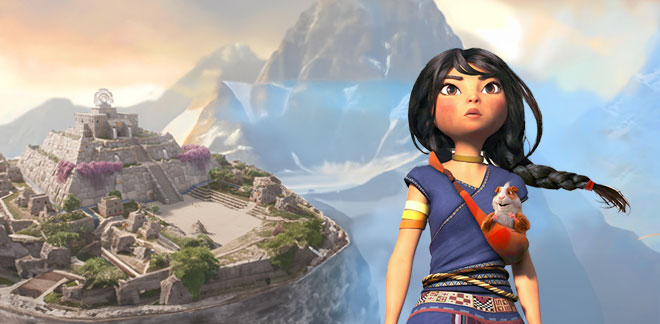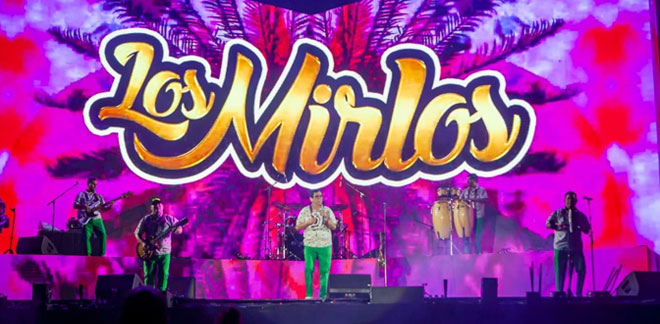Machu Picchu reopens its doors to tourism
Síguenos en:Google News
The Peruvian Government has been busy promoting the revival of the tourism sector and, last Sunday, the official reopening ceremony of the Inca Sanctuary of Machu Picchu, Peru's highest archaeological landmark, was held.
The ceremony was presided over by the Minister of Foreign Trade and Tourism, Rocío Barrios, and the Minister of Culture, Alejandro Neyra, who were accompanied by the Environment Minister, Kirla Echegaray, the regional governor of Cusco, Jean Paul Benavente, and the district mayor of Machu Picchu, Darwin Baca, among other authorities.
A spectacular setting accompanied this significant event, which featured the participation of renowned local artists such as Daniela Darcourt, Ezio Oliva and Guillermo Bussinger, who sang part of the song 'Volver', a symbol of the domestic tourism campaign recently launched by the Peruvian Government.
In the first part, a Cusquenian scene made up of 45 actors on stage depicted the traditional 'Pago a la Tierra', in a show of gratitude for the gifts given by Pachamama, all amidst a spectacular display of lights and videos projected onto the walls of the archaeological site itself, using high-tech equipment, in order to showcase the cultural richness of Peru to the world.
Safe Destination
During the ceremony, Minister Rocío Barrios presented the Safe Travels stamp, endorsed by the World Travel and Tourism Council, to Machu Picchu, as a guarantee that this destination meets all the necessary health protocols, including the Aguas Calientes train station, restaurants, lodgings and the interior of the sanctuary itself.
"Today I am proud to present Machu Picchu with the Safe Travels Stamp. Now, as visitors begin to consider returning to this Wonder of the World, they can be sure that strict biosecurity protocols will be followed. Tourism is making a return, doing so in a responsible and gradual manner," said the head of Mincetur.
The Safe Travels stamp was the result of coordinated work between Cusco authorities, Mincetur, the Ministry of Culture and Sernanp, as well as regional and local authorities and the private sector, who ensured that the correct cleaning, disinfection and waste management protocols were carried out in and around the Inca citadel.
This monitoring will be carried out on a continuous basis and will guarantee the safety of all visitors to the sanctuary.
Worldwide presence
Through the technology of video mapping, during the reopening ceremony, messages were projected from tourists from all over the planet, who expressed their joy and best wishes for the return of Machu Picchu. The messages arrived via the official networks @VisitPeru and the Peru.travel portal.
Moreover, the event was broadcast live to the entire world through the Peru Brand’s Facebook Live page, receiving more than 200,000 views and more than 6,000 comments to date.
"We hope this situation ends soon, so that we can travel back to my beautiful Peru and get to know the wonderful Machu Picchu,” commented someone from Paris.
Someone else stated: "How beautiful our country is, let's take care of ourselves so that we can continue learning about and enjoying our culture. Greetings from Ayacucho.”
During the ceremony, an announcement was made on the second phase of the international tourism campaign, #DreamThenTravel, which is completely online, available in eight languages, and serves to keep the memory of Peru alive in the minds of all travelers.
Tourism is important
With the strength of the apus present at the ceremony, the reopening of Machu Picchu not only symbolizes a light of hope in the midst of the crisis, but also marks a milestone in the reactivation of the Peruvian economy, showing the world that the South American country is ready to resume its path of growth.
With the reopening of Machu Picchu and other protected areas such as the Chan Chan Citadel and the Pachacamac Archaeological Complex, the Peruvian government is seeking, in a responsible and sustainable way, to promote the reactivation of a sector which, up until the pandemic, was the third sector with the highest number of jobs and foreign exchange within Peru.
According to the Lima Chamber of Commerce, in 2017 alone, the tourism sector reported more than $4.57 billion for Peru. This figure could translate into a better quality of life for all Peruvians.
Closing details
•The Sanctuary of Machu Picchu has long been declared a Cultural and Natural Heritage of Humanity by UNESCO, as well as being deemed the Best Cultural Destination in the World Travel Awards and one of the Seven Wonders of the Modern World.
•The ancient Inca citadel is located at the foot of Huayna Picchu mountain in the southern Andes. Machu Picchu houses temples, platforms and irrigation channels. Because of its location near the Amazon, it is believed that its core function was as a sacred retreat and worship site for the Inca and their royal court.
•Machu Picchu, when translated into modern Spanish, means "Old Mountain.” It has also been known as the ''Lost City of the Incas'' because it remained unknown to the outside world until it was publicly announced by American explorer Hiram Bingham in 1911.
Sources: MINCETUR/ PROMPERÚ



